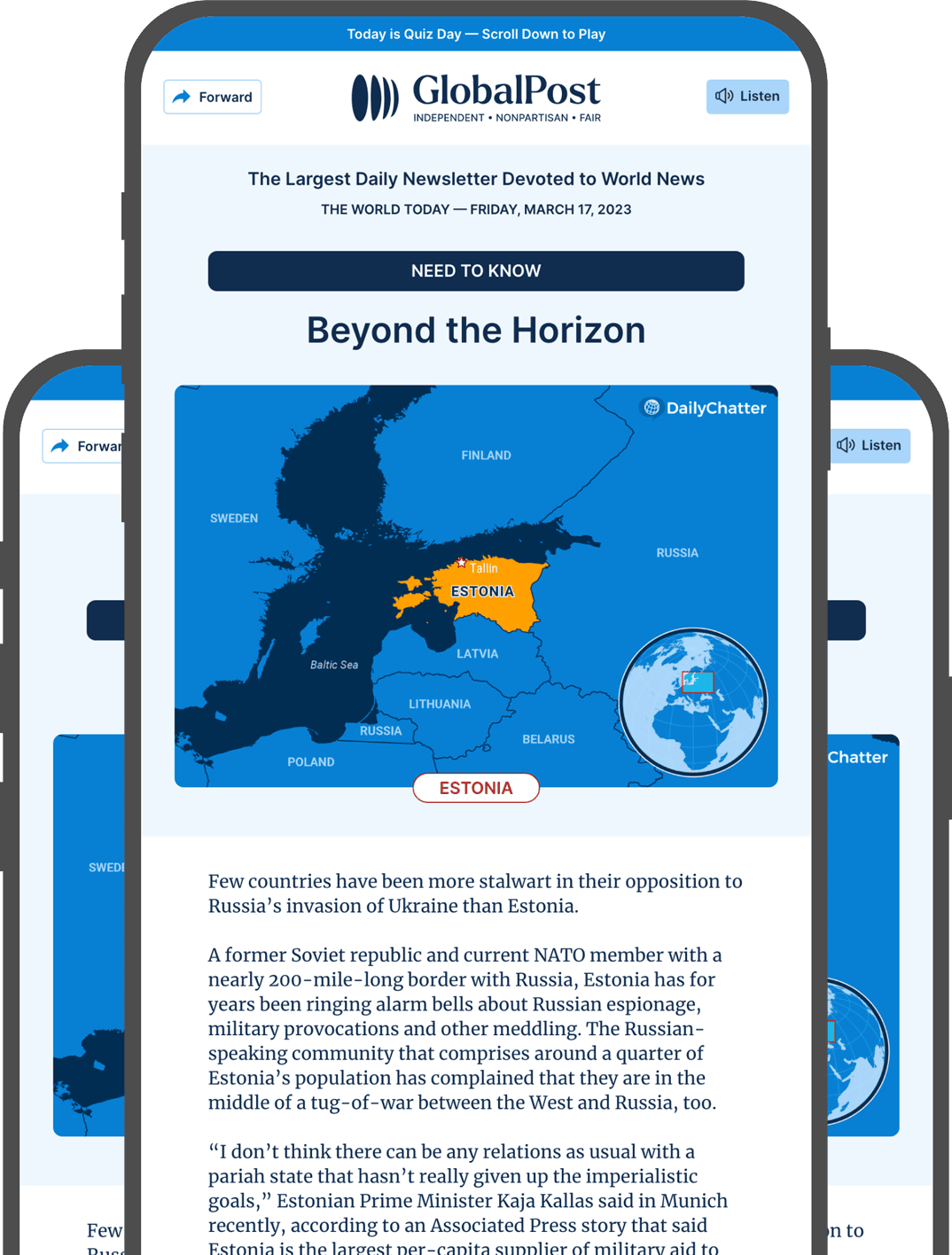Fat Factories
Packed with calories, fat is crucial in times of food scarcity.
Neanderthals understood that.
Previous studies have already shown that humans’ ancestors in Africa knew how to crack open bones to obtain the fatty marrow from their cavities.
This fat-harvesting method was thought to be unique to Upper Paleolithic populations, who lived around 50,000 years ago, but a new study has found that Neanderthals also knew the importance of fatty food and had their own extraction techniques, according to News Atlas.
At the Neumark-Nord 2 site in central Germany, dating back 125,000 years, researchers found that Neanderthals brought fat extraction to the next level.
Instead of only breaking bones to get to the marrow, they also knew how to shatter large mammal bones into thousands of small fragments to extract calorie-rich bone grease by heating them in water.
“This was intensive, organized, and strategic,” study author Lutz Kindler said in a statement. “Neanderthals were clearly managing resources with precision – planning hunts, transporting carcasses and rendering fat in a task-specific area.”
The archeologist said that Neanderthals operated a sort of prehistoric “fat factory.”
At this lakeside location, they processed bones of at least 172 large mammals, like deer, horses, and aurochs.
“What makes Neumark-Nord so exceptional is the preservation of an entire landscape, not just a single site,” said study author Wil Roebroeks. “We see Neanderthals hunting and minimally butchering deer in one area, processing elephants intensively in another, and – as this study shows – rendering fat from hundreds of mammal skeletons in a centralized location.”
Producing bone grease is labor-intensive and only becomes worthwhile when there is a large enough quantity of bones, making the process more efficient.
Neanderthals didn’t just occasionally hunt: They were masters of meat management. According to the research, during a warm phase of the Last Interglacial period, this population routinely “harvested” massive numbers of herbivores.
This hunting pattern is not limited to the Neumark-Nord site, as large-scale hunting has been observed at nearby sites.
The findings show that Neanderthals were not just getting by but thriving as skilled, large-scale foragers who knew how to exploit the land and its megafauna to their full advantage.
“The sheer size and extraordinary preservation of the Neumark-Nord site complex gives us a unique chance to study how Neanderthals impacted their environment, both animal and plant life,” said study author Fulco Scherjon. “That’s incredibly rare for a site this old – and it opens exciting new possibilities for future research.”
Subscribe today and GlobalPost will be in your inbox the next weekday morning
Join us today and pay only $46 for an annual subscription, or less than $4 a month for our unique insights into crucial developments on the world stage. It’s by far the best investment you can make to expand your knowledge of the world.
And you get a free two-week trial with no obligation to continue.
